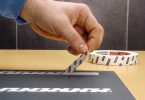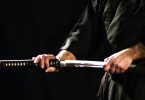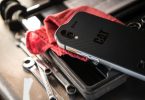Since its inception in 1950, if we exclude the American teams that participated exclusively in the Indianapolis 500 miles counting for the World Championship and add the 35 private stables, At least 138 teams competed in just one GP, of which only the best survived, with the Scuderia FERRARI naturally leading the Scuderia FERRARI, which did not miss any season followed by the Mc LAREN and WILLIAMS teams. , but both in the meantime after the change of ownership.
MERCEDES and ALFA ROMEO, on the other hand, have returned to the Championship after a long withdrawal, while manufacturers as prestigious as BRABHAM and LOTUS, have been desperately missing since their final withdrawals in 1992 and 1994 respectively.
Some 13 teams have performed sporadically with 1 to 5 successes in their folds while the total of the Teams remained empty-handed, amounting to a hundred.
Hence the fundamental question that plagues minds and that purists ask themselves:
What are the most durable, reliable, and light 10 F1 single-seaters in the last seven decades?
And if there are a thousand answers if not none because each has his own vision and his own often prefaced criteria of emotional judgments that do not necessarily reflect the numerical reality.
However, these figures need to be qualified given the different eras that F1 has experienced due to the different technical regulations or the distances to be covered.
Historians, therefore, stick to the performance-efficiency ratio to determine the first-class table by manufacturer and type of car.
4 manufacturers, two of whose factories share the laurels
If you count wins and the number of GPs contested in a single season, the percentage obtained allows you to evaluate the effectiveness of an F1 to make a reference.
An exhaustive list would be too long to establish, so we will limit ourselves to listing ten icons that have marked different eras during the seven decades of the premier class of motorsport.
1) FERRARI F500 1952
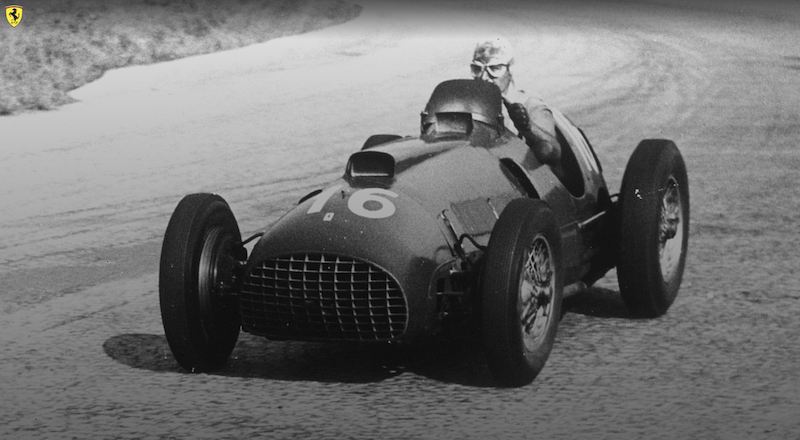
The 1952 Ferrari F500 at the hands of Piero TARUFI and Alberto ASCARI was actually derived from the Scuderia F-2 equipped with a new 4-cylinder engine to replace the previously used V12.
From the outset, this car proved competitive from the moment it started to the point of allowing TARUFI (1 victory) and ASCARI (6 victories) to clean up the Championship with the exception of the 500 MILES D’INDY which at the time counted for the F-1 World Championship but saw their complexity almost never attracted European Teams.
Apart from the D’INDY round, the F500’s success rate reached 100%. The car weighs 1235 lbs (560.187 kg)
2) ALFA ROMEO T158 1950
Another car that after FERRARI was a hit during the opening season of the modern F1 era, ALFA ROMEO T158 an extrapolation of the same model that the Turin-based Team regularly hired before 1950 before being equipped with a powerful 1.5-liter engine equipped with two compressors that developed 350 hp to propel the 700 kg single-seater.
From the outset, this car proved unrivaled and won six of the six GPs in 1950, with perfect fairness for the two ‘home’ drivers Giuseppe FARINA and Juan-Manuel FANGIO who each won 3 GPs and the farINA title which preceded FANGIO by 3 points.
The car weighs 1565 lbs (709 kgs) which is considered light during its time.
3) MCLAREN MP4/4 in 1988
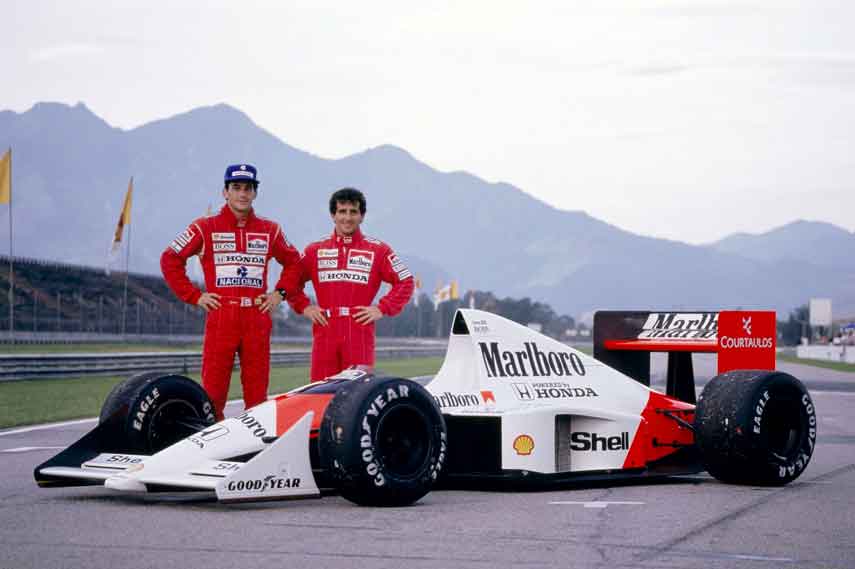
The figures prove it sufficiently: the MP4/4, the seventh creation of the MP 4 series started by John BARNARD in 1982, proved to be a mythical achievement from the pen of Steve NICHOLS – Neil OATLEY would have won the 16 rounds that included the 1988 season if A SENNA had not crossed the road of Jean-Louis SCHLESSER two laps from the finish 10 km as it dominated its subject during the 1988 season helped by the Japanese engine manufacturer HONDA whose power units far exceeded those of the competition both in terms of power and reliability. McLAREN MP4/4 to reach 93.75% success rate
The car weighs 540 kg (1,196 lb) when the limit was 700kgs
4 ) FERRARI F2002 in 2002
His commitment was delayed until the 3rd GP of the 2002 season as his designers at SCUDERIA Ross BRAWN and Rory BYRNE took the time to make it as reliable as possible before making him undergo his baptism of the Fire at the Brazilian GP at the hands of the reigning World Champion Michael SCHUMACHER who immediately honored this privilege with a victory and to which he will follow 10 others after the opening of the season on the former F2001.
In total, the FERRARI season as a manufacturer will score 221 points, which gave it an 87.50% success rate by not including the last victory of an F2001 in the first GP.
The car weighs 600 kgs (1322.8 lbs.). The limit was 700 kgs.
5-6-7) MERCEDES AMG FW 05 in 2014, FW 06 in 2015 and FW 07 in 2016.
When F1 regulation imposed the TURBO HYBRID era in 2014, the Mercedes Team located in Brackley (GB) was from the beginning of the new era among the best students, if not the best, to the point of obtaining absolutely dizzying statistics with impressive results confirmed in 2015 and 2016 by a dominance rarely seen until now in the history of F-1
As the symbol of the German brand, the three-pointed star, the trio of designers composed of Aldo COSTA-Paddy LOWE and Geoff WILLIS succeeds each time in a lot of blows by drawing FW 015, FW 06, and FW 07 dominatrix to the point of leaving only crumbs to the competition.
Thanks to the tirelessness and symbiosis at the level of the “aerodynamic” and “engine” departments, the Silver Arrows quickly proved to be of appalling efficiency.
The cars weigh 691 kg (1,523.4 lb)
8) FERRARI F2004 in 2004
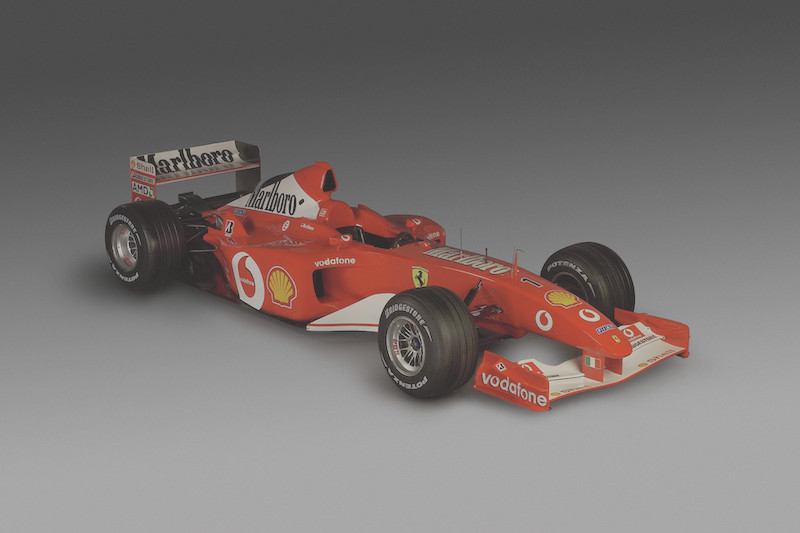
Historically the FERRARI F2004 listed under code 655 was the 52nd model designed in Maranello workshops by SCUDERIA since the creation of the F-1 World Championship in 1950.
Designed by the trio of designers Aldo COSTA-Ross BRAWN and Rory BYRNE real goldsmiths in this field, the F2004 has really stamped its rivals a little like 2002.
Its aerodynamics worked down to the smallest detail in order to save the maximum tires and a powerful and reliable power-propelled block, Tipo 053, made the Cheval Cabré a true stallion during the 2004 season.
A season in which the Scuderia has established itself as an impregnable fortress with a total of 15 victories out of 18 GPs, 13 of which were for Michael SCHUMACHER alone, including 7 in a row and 2 for the ‘water carrier Rubens BARRICHELLO.
The car weighs 605 kg (1334 lbs).
9) MERCEDES W196 1955
In 1954 it was the return of MERCEDES in F-1 with two different models, the W196 used on conventional circuits and the W196R Streamliner, a completely enveloping model, which the Stuttgart Firm under the direction of the legendary Alfred NEUBAUER used on high-speed circuits like Reims, Silverstone or Monza.
It is this model W 196 that will be the basis of the emblematic nickname ”Silver Arrow” and which will later be an important milestone in the conquest of the titles of World Champion in 1954 – 1955 for the Juan-Manuel FANGIO.
The W 196 was indeed a car like no other because of its very modern design for the time.
This car is the lightest on this list at 204 kgs (449.7 lbs)
10) WILLIAMS FW18 18 1996
The third oldest F-1 team, Team WILLIAMS went through mountains and Vaux before achieving success in the 1980s and 1990s.
After 3 constructors’ titles in 1980-1981-1986 with HONDA as an engine manufacturer, the team dear to Frank WILLIAMS continued its momentum in 1992-1993-1994 with Renault engines under the hood.
After experiencing the darkest page in its history with the accident of Ayrton SENNA in Imola, Team WILLIAMS suffered the backlash in 1995 when the BENETTON team took over, much to the chagrin of Frank WILLIAMS determined to take over the following season.
The car weighs 595 kgs (1,312 lbs)



